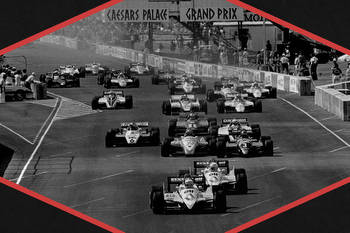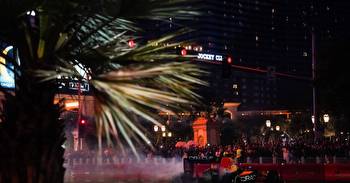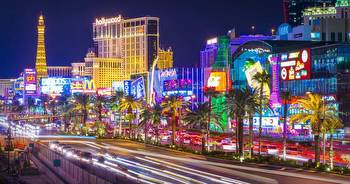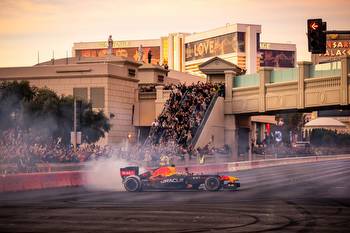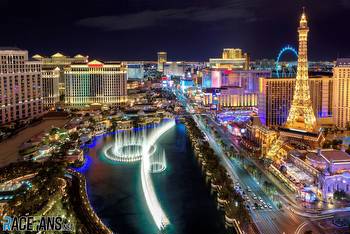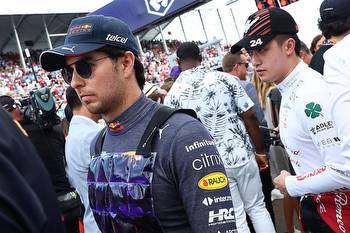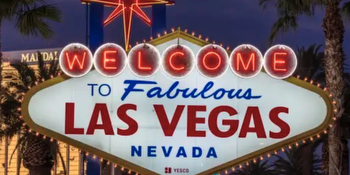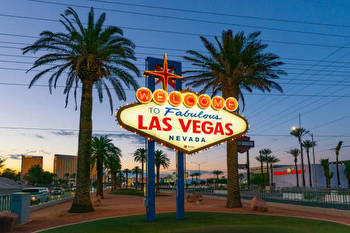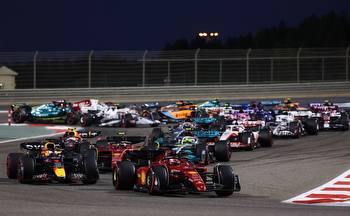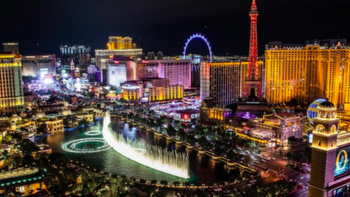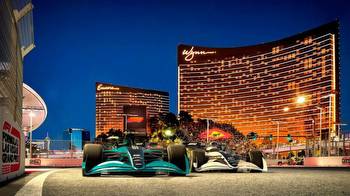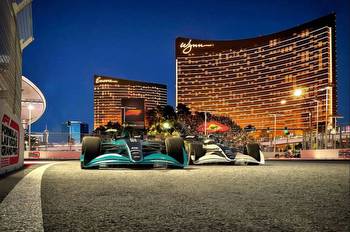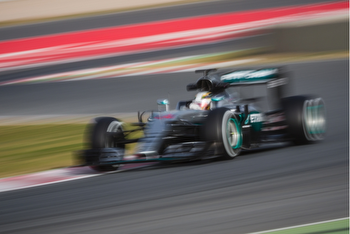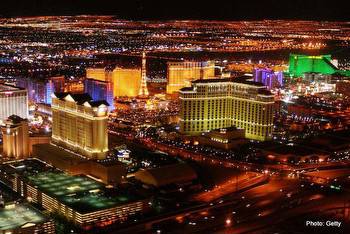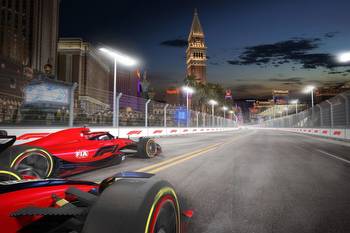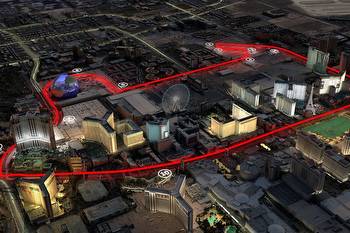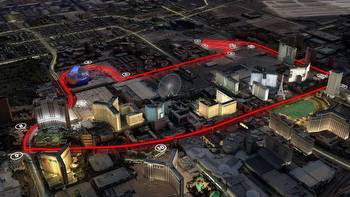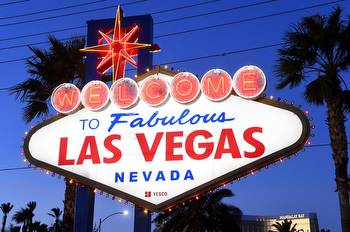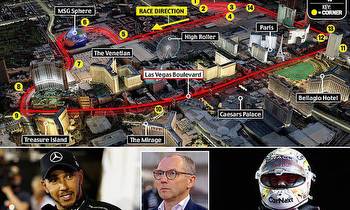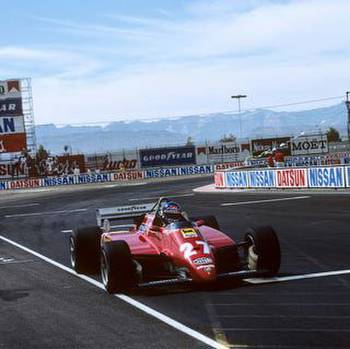Will Formula One's Las Vegas gamble pay off?
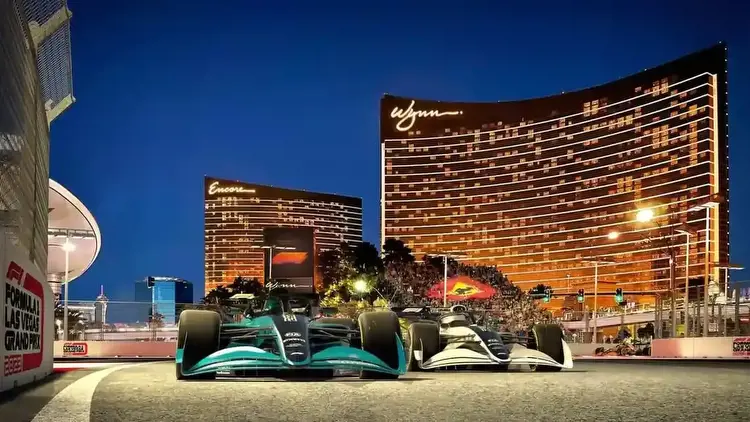
LAST PUBLISHED06.04.2022 | 07:30 AM IST
Formula One is returning to Las Vegas. Last week, F1 announced that the glitzy streets of Las Vegas, Nevada would host a night street race from the 2023 season. The Las Vegas Grand Prix will take place on a Saturday next November and be one of three races in the US, joining the ones at Miami and Austin, a statement on the Formula One website said.
This is not the first time F1 has raced in Las Vegas. Back in 1981 and 1982, the city hosted two races, known as the Caesars Palace Grand Prix, as part of the Formula One World Championships. Those two races, however, failed to gain any sort of traction. For one, they were held on a temporary circuit which was laid out in the Caesars Palace Hotel’s parking lot. The events didn’t attract big crowds and turned out to be an extremely physically draining experience for many drivers. Some even labelled it one of the worst circuits in Formula 1 history.
But 2023 will be the first time F1 cars will race on the iconic Las Vegas Strip, with drivers sweeping past famous hotels, casinos and iconic landmarks such as the Bellagio fountains. According to Formula One, this 14-turn track will run for 3.8 miles (6.12 km)—with top speeds expected to hit around 342km/h—and the Grand Prix will be run over 50 laps.
This recent announcement not only points towards the growing popularity of F1 in the US—Formula One’s commercial rights are owned by American company Liberty Media since 2017—but also shows how the sport is increasingly considering the economic contributions from GPs around the world. For instance, the race in Las Vegas will be organised by F1 itself in partnership with the city and its businesses rather than by a race promoter, a recent report in The Guardian explains.
The inclusion of Vegas, the Miami Grand Prix—which will make its F1 debut in May this year—and new venues in the Middle East, including the Saudi Arabian Grand Prix in Jeddah, has also increased pressure on some of the more iconic venues in the sport, like Monaco. In a recent interview with Reuters, Zak Brown, CEO of the McLaren team, said: “Monaco needs to come up to the same commercial terms as other grands prix and also maybe needs to work with ways they can adapt their track because as our cars have become bigger, the racing has become more difficult.”
Traditionally, the Monaco Grand Prix has been one of the most standout spectacles in F1. Economically, however, Monaco has paid far less than other races in hosting fees, the Reuters report explains. “Monaco always stood for the most glamorous part of Formula One. I think Miami, Singapore, Las Vegas are starting to add some pretty glamorous markets,” Brown said. Earlier this year, F1’s CEO Stefano Domenicali also said that as the sport expands its global footprint, some existing venues with expiring contracts might make way for new races in the Formula 1 calendar. Races in Austria, Belgium, France and Mexico City all face uncertain futures.
According to Formula One, the 14-turn track for the Las Vegas race will run for 3.8 miles (6.12 km)—with top speeds expected to hit around 342km/h—and the Grand Prix will be run over 50 laps.(Formula One)
While Formula One is set for a record 23-race calendar in 2022, the current Concorde Agreement—which runs until 2025—allows 24 races per season. Domenicali has also suggested that the F1 season could be expanded to as many as 30 races in the future, with South Africa’s Kyalami circuit—which last hosted a race in 1993—also in contention.
Many Formula One fans, however, have also questioned the fact if the sport really needs three races in the US and the Middle East? As The Guardian’s Giles Richards recently noted, only Italy in 2020 hosted three races: at Monza, Imola and Mugello, due to the pandemic and the need to fill the calendar. Like Kyalami, can Formula One not revisit venues like Sepang—the Malaysian Grand Prix—and the Buddh International Circuit in India, which last hosted a Formula One race in 2013, before tax issues brought the collaboration to an abrupt halt?
These are interesting times for the sport. While new regulations and a revolutionary new car design have made racing more open and competitive on the track, Formula One also needs to maintain a similar balance off it.
For instance, the recently concluded Saudi Arabian Grand Prix was marred by a series of extraordinary events. While F1 was already facing constant pressure on its decision to hold the Grand Prix despite concerns around human rights in the country, the call to continue racing even after a missile attack by Yemeni Houthis on an oil depot just miles away from the circuit on the Friday of the race weekend was equally baffling.
It is interesting to note that Formula One has a 15-year contract to race in Saudi Arabia—an ESPN report explains—worth a reported $65 million per year as well as a sponsorship deal with state-owned oil company Aramco, which is said to be worth up to $40 million per year. So, what happens to Vegas? We’ll just have to wait till 2023 to see if that gamble pays off.
FIRST PUBLISHED
06.04.2022| 07:30 AM IST
TOPICS









